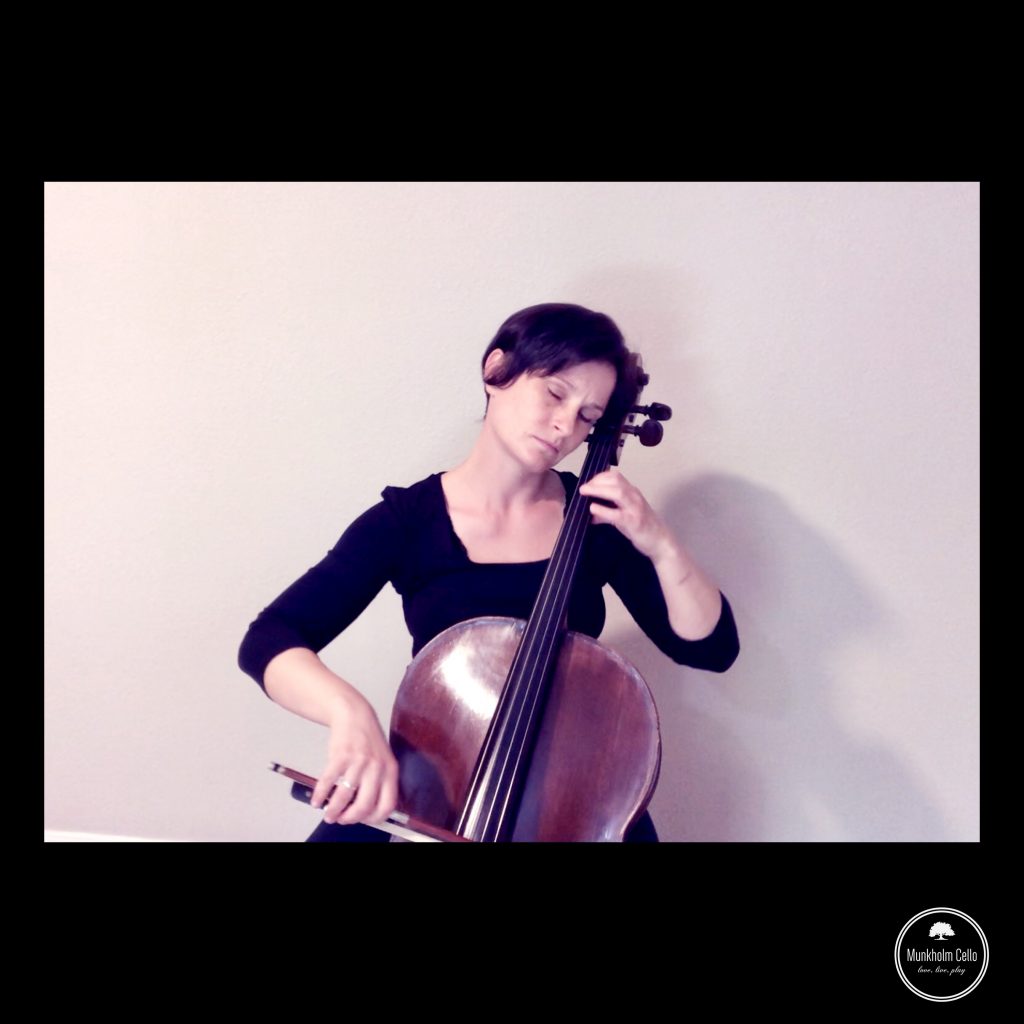The cello belongs to the family of string instruments together with the violin, the viola and the double bass. You can play the cello by using a bow or by plucking the strings. The first cellos that we know of are from around year 1500 and somewhat different than the modern cellos that we use today. There are several cellists that have specialized in playing on these old baroque cellos as they are called. Some modern builders even make them now, so that old music can be played on original instruments. They have a few differences from the modern cello. Their shape and size are a little different, they don’t have an end pin, and their strings are made from dried gut. Your modern cello has wire-wound metal strings so you don’t have to worry about that! The sound of a modern instrument are louder and clearer, and it has fine tuners, making tuning of the instrument easier than if you had to use the tuning pegs only. The bows are also different. The baroque bow curves out, and the player holds the bow further towards the middle of the bow. The modern cello bow curves in and are held at the frog.

The cello has developed slowly over the centuries and today we also have electric cellos that can be amplified. The cellist has the option to use different effect pedals to transform the sound. Some of them has been provided with extra strings, so they exist with 4, 5 or 6 strings. They would either have a deep F string, a high E string, or both. The modern cello can also be amplified with the use of a pickup or a microphone together with a sound system.
The cello has been used for many purposes since its birth. As an instrument with a wide tone span, it has been used in everything, from the old “basso continuo” parts in Vivaldi Concertos to beautiful melodic parts in the Brahms Symphonies. The repertoire for the cello as a solo instrument is huge with numerous concertos, sonatas, suites and much more. The popularity of the cello has grown tremendously over the years, and today it is used in all kinds of music. From old classical symphonies and concertos to today’s popular pop, rock, jazz and even heavy metal. To see exactly how versatile the cello is you can try to listen to some cello ensemble music. It sounds almost like a string orchestra but it only has cellos!
Stay tuned for next week, where I go over the anatomy of the cello.
Love, live, play!
Julie
No responses yet